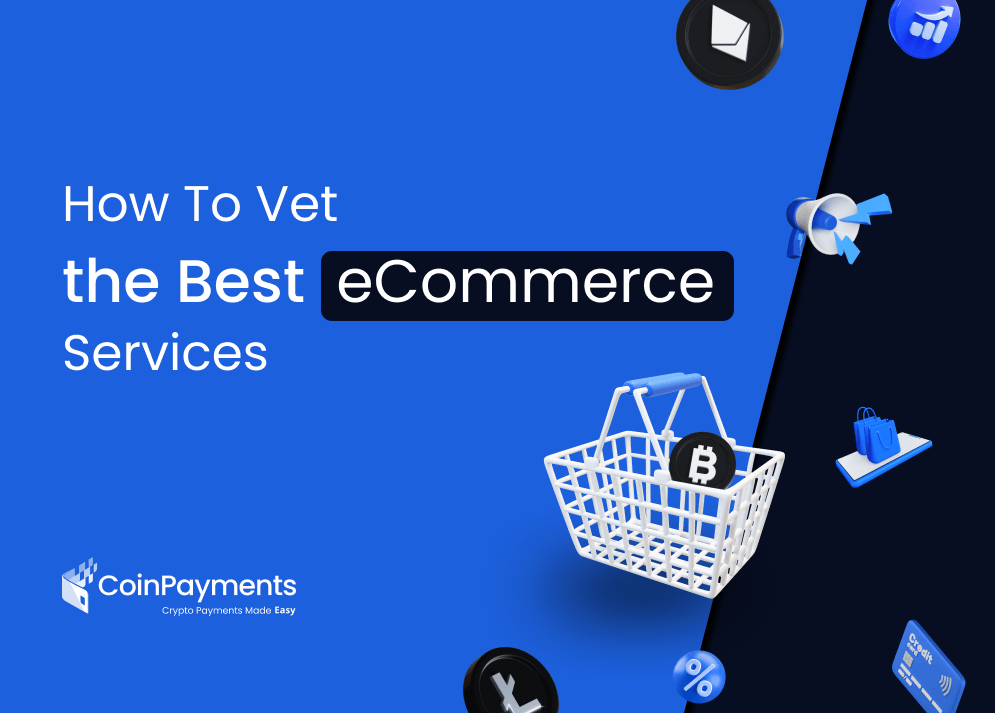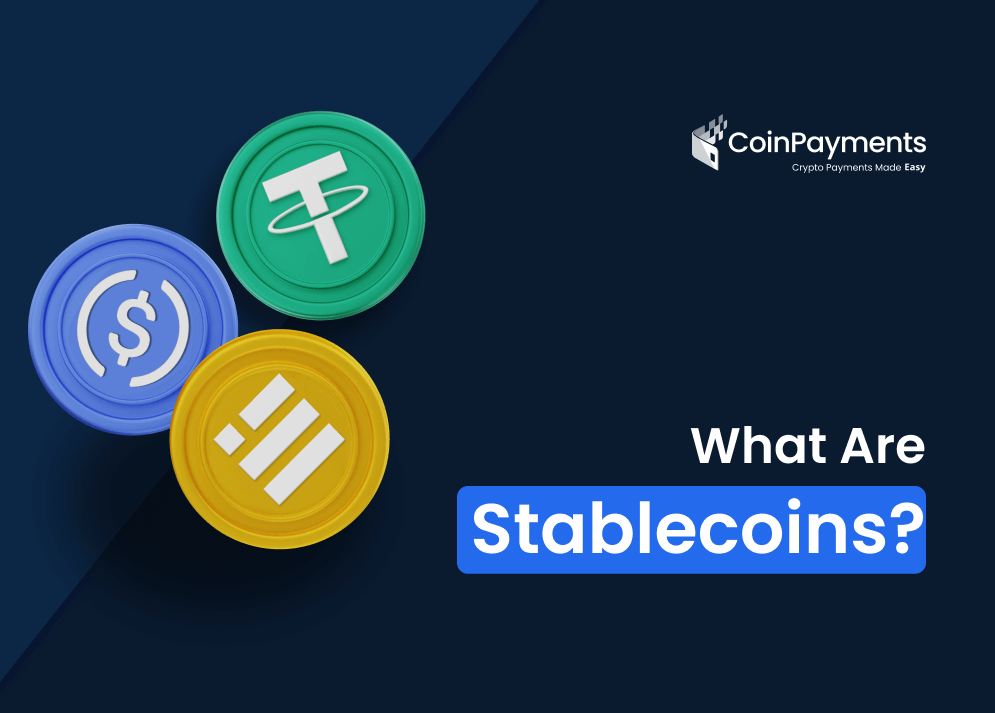
When building and growing an eCommerce brand from scratch, you need to track several important KPIs to measure success, double down on effective strategies, and avoid long-term mistakes. If you’re just beginning building an online business, you’ve come to the right place.
Let’s break down 10 eCommerce KPIs that matter for your brand and explore how they affect your business efforts.
What Is a KPI?
A KPI is a key performance indicator. These are percentages, numbers, or other numerical signs that tell you information about:
- Your business
- Your profits
- The behavior of your customers
- And more
Certain KPIs can provide distinct and useful strategic insights.
What’s the Difference Between KPIs and Metrics?
All KPIs are metrics, but not all metrics are KPIs. A metric is any measurable data you can derive from your business activities or the behavior of your consumers, such as sales figures, profits, time spent on-page, and more.
KPIs can be thought of as very important metrics that you should pay attention to more than other metrics.
What Makes an Effective KPI?
An effective KPI can be calculated, provides usable information quickly, and directly relates to your marketing or other business operations. In other words, they are timely, actionable, can be measured accurately, and impact your business bottom line.
Generally, the most important KPIs are those that allow eCommerce business owners to make positive decisions for their brands going forward.
Why Are KPIs Important?
KPIs are important because they help you make strategic decisions without having to gather information over months and years. Without KPIs, you won’t really know the health of your business or be able to determine whether a business strategy is working.
That said, not all KPIs are good for all business efforts or decisions. You need to know which KPIs to leverage for maximum success.
10 eCommerce KPIs That Matter Most
Now that you know why you should try KPIs for your eCommerce business, let’s break down 10 of the most crucial key performance indicators to watch.
1. Conversion Rate
First, conversion rate is a highly important key performance indicator you can’t ignore. The conversion rate broadly tells you how effective your calls to action, ads, or landing pages are. They tell you the percentage of visitors who take action on your website, like signing up to make an account or making a purchase in full.
Conversion rate should be between 2.89% and 3.31% if you want to match the average rate for online shoppers around the world. Of course, higher is always better.
To improve your conversion rate, you can improve your marketing ads, make your landing page more accessible, or make other changes.
2. Cost of Customer Acquisition
The cost of customer acquisition is also very important. Sometimes called customer acquisition cost (CAC), this tells you how much money you have to spend to acquire a purchase or — more broadly — “purchase” a customer.
For example, imagine that your eCommerce business spends $1000 on marketing and sales and gets 25 new customers as a result. That means the customer acquisition cost was $40 per customer. The lower your CAC, the less money you spend on marketing for profits.
You can lower the customer acquisition cost by leveraging more effective marketing methods, improving the perceived value of your brand, and more.
3. Customer Lifetime Value
Also important is customer lifetime value (CLV). In a nutshell, CLV tells you how much money a customer will provide on average over their “lifetime” at your business. In this sense, the lifetime is how long a customer continues to make purchases from your brand before moving on or ceasing entirely.
CLV is important because it helps you understand the return on investment for marketing and product creation. Small changes can also lead to big business boosts.
For example, just a 5% increase in total customer retention may increase your profits by between 25% to 94%. This is largely true because it’s more expensive to get new customers and retain current customers.
To figure out CLV, you have to calculate averages like:
- Average customer retention time over a month or year
- The average number of times a customer buys each year
- The average order value
Once you have this information, you can calculate CLV with the following formula:
- Average order value x average times the average customer makes a purchase each year x average customer retention time over the year = CLV
4. Gross Profit Margin
You should also calculate the gross profit margin. This is important to your business because your business will only continue to operate if it turns a reliable profit. The gross profit margin calculates the real money you “take home” by showing the difference between your total revenue and your profit as a percentage.
Imagine that your brand spends $100 to buy parts to make products. Then you sell a completed product for $250. In this example, your profit margin would be 60%, or $150.
Remember, you have to spend money to make money. Don’t look at revenue alone to determine how much profit you make, as revenue doesn’t account for how much money has to go back into your business for operations, employee salaries, and other mandatory expenditures.
5. Average Order Value
The average order value ties into the CLV as described above. Also called AOV, the average order value tells you how much money is spent by each customer per order on average. Naturally, if your AOV is higher, it means customers spend more money on your brand than before.
You can calculate the average order value with the following formula:
- Total revenue / total number of orders = AOV
6. Shopping Cart Abandonment Rate
Next, there’s a shopping cart abandonment rate. As its name suggests, this KPI tracks how often people put something in their digital carts before leaving your site for somewhere else. If you have a high shopping cart abandonment rate, it means your brand’s marketing is doing a great job, but something is interrupting your customer from fulfilling the purchase funnel.
Unfortunately, shopping cart abandonment is very common. People may abandon their shopping carts because the price is too high, the website has an error, or the checkout process is too complex. Alternatively, they might abandon shopping carts if you don’t have their preferred payment method available, like cryptocurrency tokens.
Ultimately, you should track shopping cart abandonment rate carefully and take steps to streamline your website and checkout process if it gets too high.
You can calculate shopping cart abandonment rate by dividing how many completed purchases you have by the number of shopping carts created in total, then multiplying the result by 100. The equation is as follows:
- [Number of total completed transactions] / [Number of shopping carts created] x 100 = Total cart abandonment rate percentage
7. Return on Advertising Spend
All eCommerce business owners should analyze return on advertising spend (ROAS). This metric measures your return on investment for the money you spend on advertising specifically. With this metric, you can determine how effective your marketing campaigns are and help you make adjustments for more budgetary efficiency, such as by eliminating underperforming ads.
8. Time on Site
Time on site tells you the average amount of time a visitor spends on your eCommerce site. Longer is generally better, as it means users learn more about your brand and are more likely to make a purchase regardless of your industry.
9. Bounce Rate
Bounce rate measures how quickly customers or users “bounce” away from your page. Generally, a higher bounce rate means that people click away from your eCommerce site more quickly. You should ask yourself why this metric is high for your business.
Do your pages need to be revamped? Is the language unfamiliar or unwelcoming? Are people not sure where to click? Answering these questions can streamline your website and make profits more reliable.
10. Organic Search Rankings
Organic search rankings tell you the natural or organic growth of your brand and will tell you whether your marketing and brand awareness efforts are yielding concrete results.
For instance, if you have an eCommerce store and your landing page is a second rank on Google, you can then take steps to further the search engine optimization (SEO) of the page and get it to number one.
Conclusion
While each of these KPIs truly matter for your brand, so does maximizing your payment options. That’s why you should seriously consider accepting cryptocurrencies from your international customers through CoinPayments.
We can help you set up a crypto payment gateway, offer a variety of merchant tools, and even let you host your own coin on our site. It’s easier than ever to get started, so sign up today.



